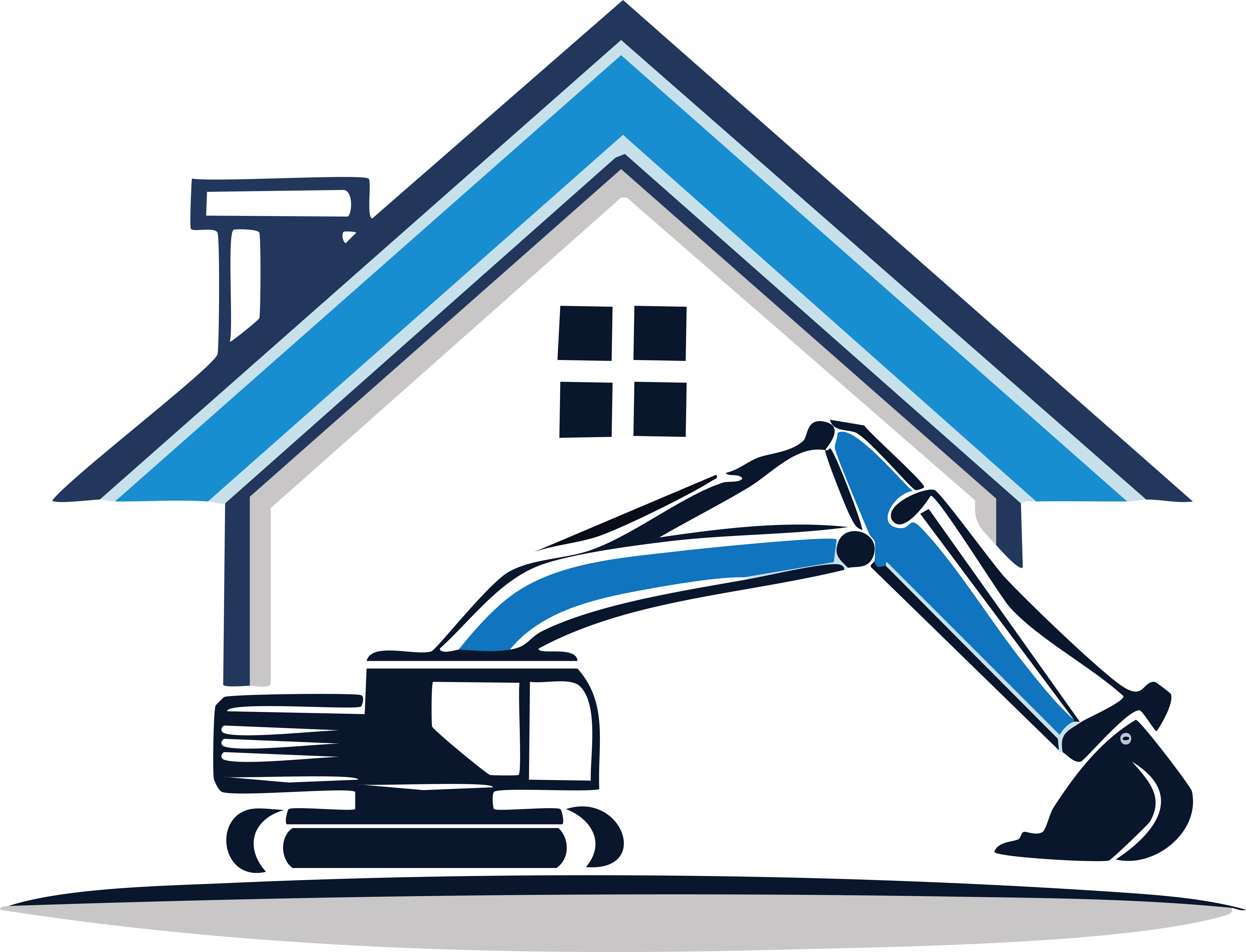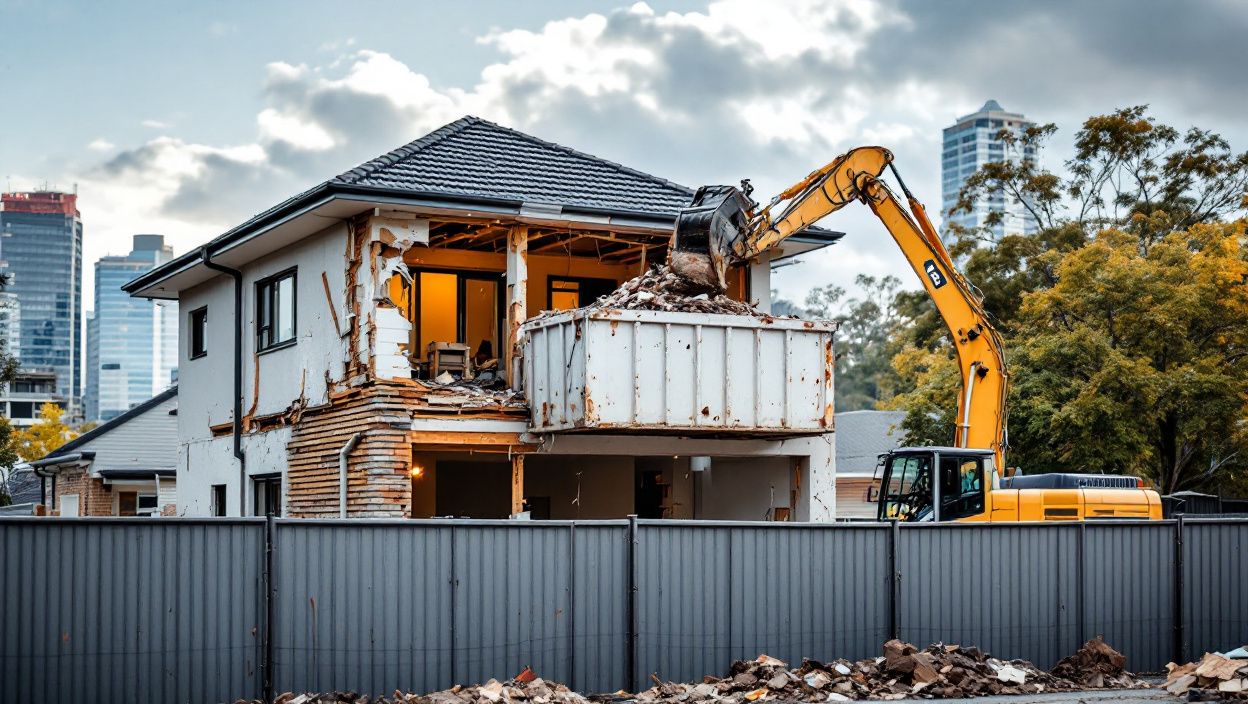In the modern urban landscape, the need for continual growth and development is undeniable. As cities evolve, old structures must make way for new, innovative buildings and infrastructure that suit the needs of contemporary society. A crucial aspect of this development process is demolition, particularly in the forms of residential demolition and house demolition. This article will explore the essential role of demolition in urban development, focusing on its contribution to growth, renewal, and the paving of new construction pathways.
Demolition and Urban Development: A Symbiotic Relationship
Demolition and urban development are intertwined in ways that form a symbiotic relationship, especially in densely populated areas. Demolition clears the path for new projects, allowing for a smoother transition from old to new, fitting within the constraints of limited space.
![Demolition of House, Filling Bin [4]](https://www.goneandcleandemolition.com.au/wp-content/uploads/2025/07/Demolition-of-House-Filling-Bin-4-1024x578.jpeg)
1. Residential Demolition: A Path to Modernization
Residential demolition involves the tearing down of outdated or deteriorated houses to create space for modern and efficient living spaces. It’s a vital step in the process of urban renewal, giving a new lease of life to neighborhoods.
2. House Demolition: Reclaiming Space for New Constructions
Specifically focusing on house demolition, the process allows urban planners to reutilize valuable land. Whether it’s a derelict building or a structure that doesn’t fit the new urban plan, demolition of the house facilitates the construction of new commercial or residential projects.
We are experienced Demolition Company based in Melbourne, Victoria that offer top-tier demolition services all around Melbourne and across Victoria, Australia.
For all your Demolition needs contact us to GET FREE QUOTE NOW!
Demolition in Urban Development: A Catalyst for Growth
Demolition plays a transformative role in urban development, acting as a catalyst for growth. By eliminating obstructions and freeing up land, it promotes innovation and creativity in architecture and urban planning.
Infrastructure Development
Demolition in urban development is not only limited to residential areas. It’s also crucial in making way for new infrastructure like roads, bridges, and public transportation systems. This creates a more interconnected and efficient city, enhancing the quality of life for its residents.
Environmental Considerations
Modern demolition methods prioritize sustainability. By recycling materials and employing environmentally friendly techniques, demolition supports the larger goal of sustainable urban development. This approach aligns with the global commitment to reducing waste and minimizing the carbon footprint.
Conclusion
Demolition, including residential demolition and house demolition, is an essential component of the urban development process. By enabling new construction and infrastructure development, it facilitates urban growth, renewal, and modernization. The demolition of a house, an apartment complex, or a commercial structure is not just a destructive act but a creative one – a stepping stone towards a more developed, sustainable, and vibrant city.
As we move forward, the role of demolition in urban development will likely continue to expand, reflecting the ever-changing needs and aspirations of urban dwellers. It’s a process that not only represents the end of one era but the exciting beginning of another.

